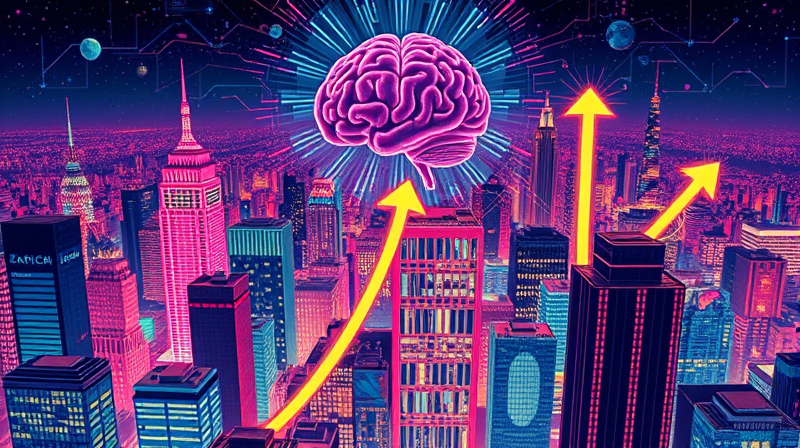
In today’s rapidly evolving marketplace, innovation is not merely a buzzword—it’s the engine driving entire industries into uncharted territories. Companies that fail to anticipate or adapt to paradigm shifts risk obsolescence, while visionary pioneers redefine what’s possible.
This article delves into the essence of disruptive innovation, exploring its defining traits, transformative case studies, enabling technologies, and actionable strategies to spot or become tomorrow’s growth leaders.
Disruptive innovation refers to a process where a new product, service, or technology enters a niche or underserved market, often with lower prices or simpler features, and eventually displaces established competitors. Unlike sustaining innovation, which enhances existing offerings for current customers, true disruption reshapes industry rules and customer expectations.
Introduced by Clayton Christensen and the Christensen Institute, the framework emphasizes how entrants thrive by starting at the market’s bottom or by creating entirely new segments. Over time, improvements and scale allow them to capture mainstream audiences, leaving incumbents scrambling to react.
Core traits of disruptive innovation include cost-effectiveness and broad accessibility, rapid enhancement over time, and novel business models that challenge status quo distribution and revenue streams. Success demands both technological prowess and a willingness to challenge entrenched mindsets.
Several high-profile disruptors demonstrate how theory translates into seismic industry shifts:
Wikipedia vs. Britannica: Launched in 2001, Wikipedia offered free, crowd-sourced knowledge. By 2008 it hosted over two million English articles compared to Britannica’s 120,000. The venerable encyclopedia ceased print publication in 2010, highlighting how open, iterative content creation can overhaul traditional publishing economics.
Netflix: Starting in 1997 as a DVD-by-mail service, Netflix transitioned to streaming video in 2007. Its user-centric recommendation engine and global content investments drove Blockbuster to bankruptcy by 2010, permanently transforming media consumption and production.
Uber: Founded in 2009, Uber bypassed regulated taxi medallion systems with an app-based ride-hailing platform. Beyond transforming personal transport, it catalyzed the gig economy, spawning a wave of on-demand services from food delivery to freelance work.
Other notable disruptors include Amazon and Alibaba in e-commerce, Tesla in automotive electrification, Duolingo in language education, and Square in payment processing. Each leveraged technology and customer insights to redefine convenience, cost, and accessibility.
These innovations underpin the next wave of disruption. From predictive healthcare platforms to autonomous vehicles, the use of cutting-edge technologies accelerates product cycles, optimizes operations, and unleashes entirely new business models.
While household names illustrate past successes, tomorrow’s growth champions will emerge at the intersection of technology, unmet needs, and agile strategies. Key arenas include AI-driven healthcare diagnostics, decentralized finance platforms, clean energy solutions, and digital infrastructure in emerging markets. Companies that build ecosystems—rather than single products—often gain outsized influence, underscored by platform businesses creating ecosystems that lock in partners, developers, and customers simultaneously.
Disruptive ventures face significant hurdles:
• Incumbent pushback: Established players may lobby regulators, acquire challengers, or innovate internally to maintain dominance.
• Regulatory gaps: Rapid innovation frequently outpaces legal frameworks, creating ambiguity around data privacy, safety, and antitrust concerns.
• Social implications: AI and automation raise labor equity questions, while gig platforms provoke debate over worker protections. Ethical stewardship and transparent governance become critical for long-term viability.
Firms must also cultivate a culture that tolerates calculated risk-taking and empowers teams to challenge legacy processes. Willingness to cannibalize existing revenue streams—rather than defend them at all costs—often determines whether a company leads or lags.
Disruptive innovation is not an accident but a disciplined process of identifying overlooked market segments, leveraging emerging technologies, and iterating rapidly. By studying past disruptors, embracing bold strategies, and maintaining ethical responsibility, businesses can unearth tomorrow’s growth leaders and shape a more dynamic, inclusive future.
The next generation of transformative companies awaits those who dare to reimagine value, pursue audacious visions, and build resilient platforms that serve a diverse global audience.
References













